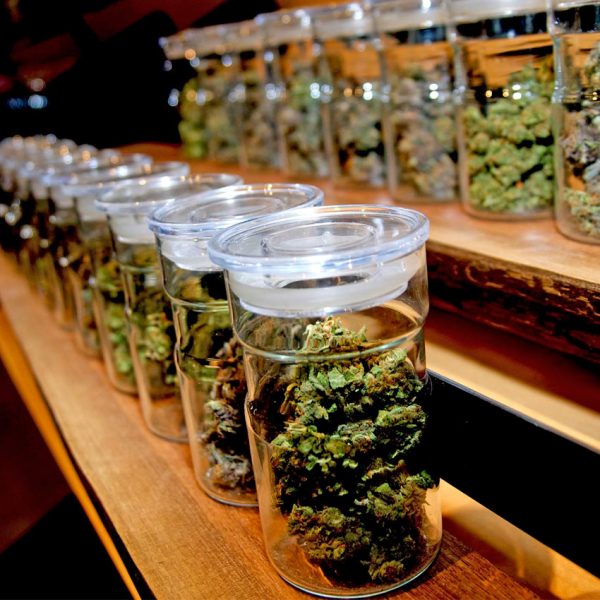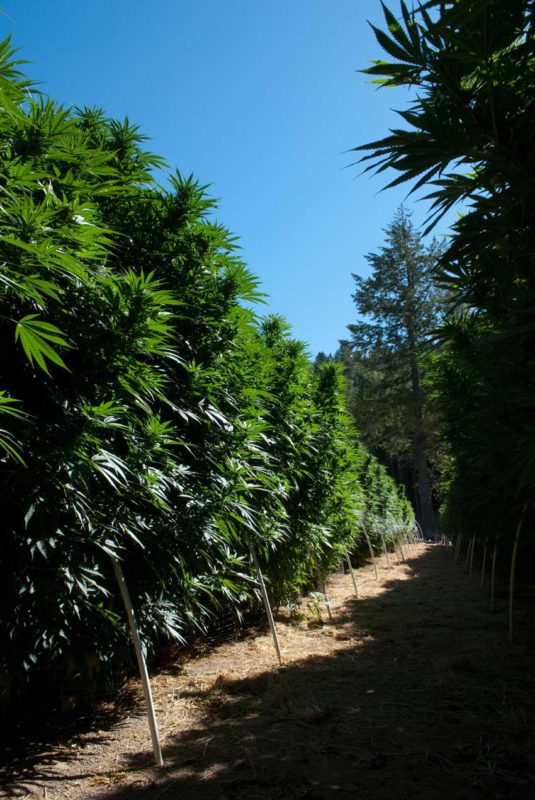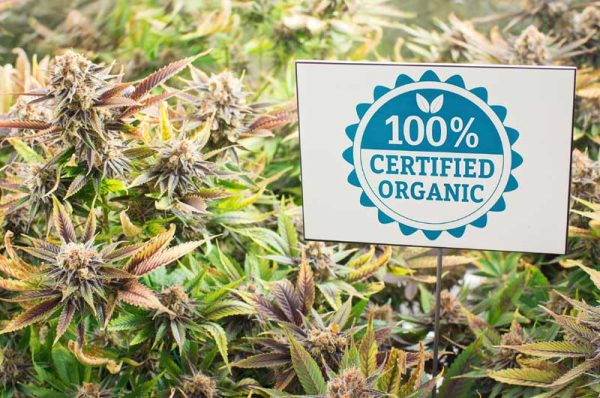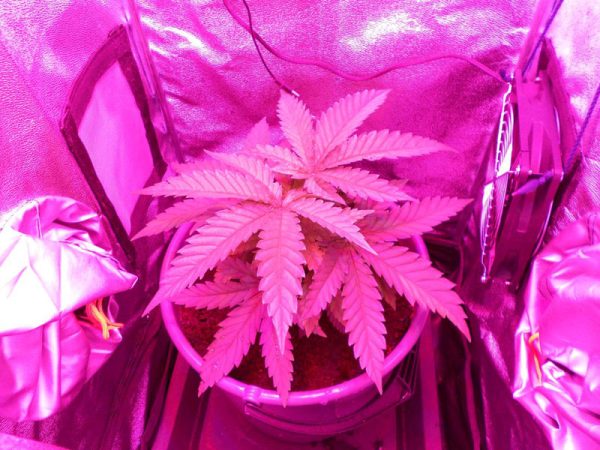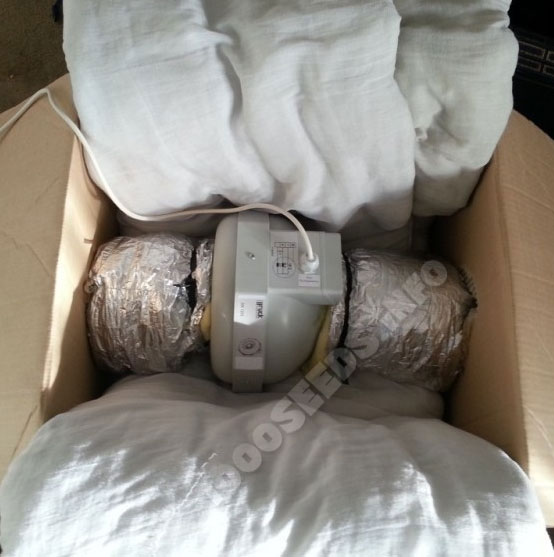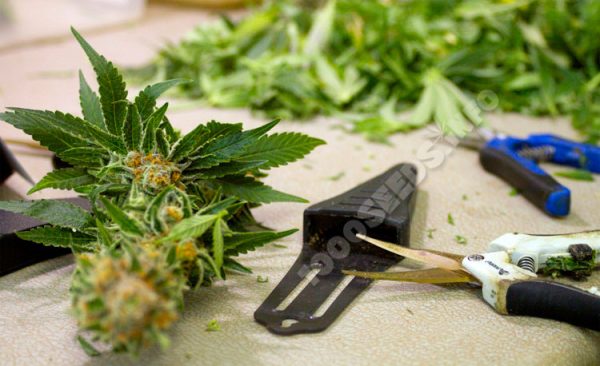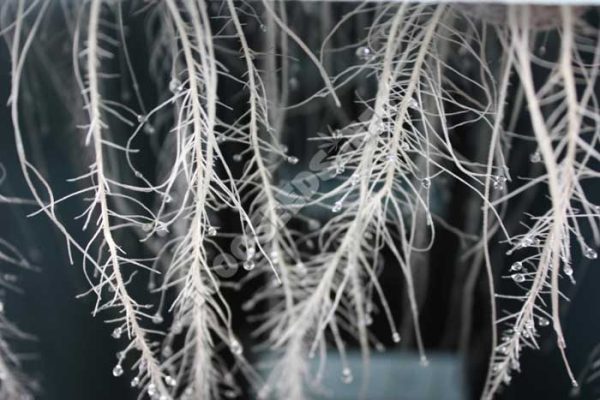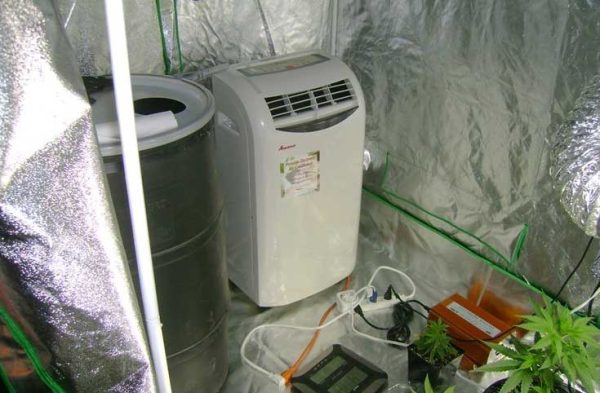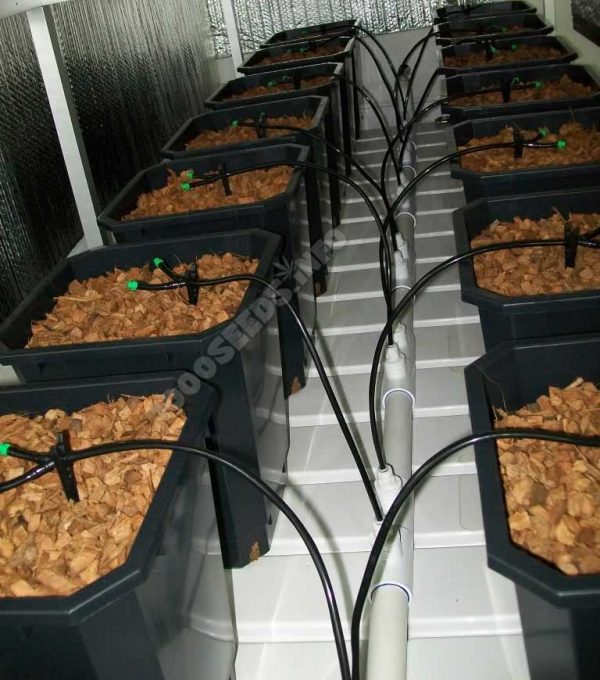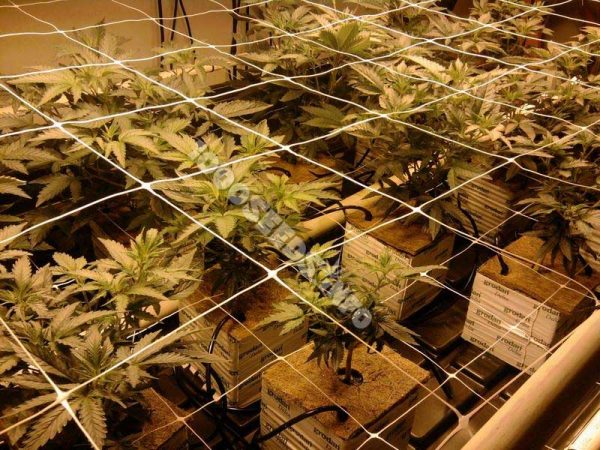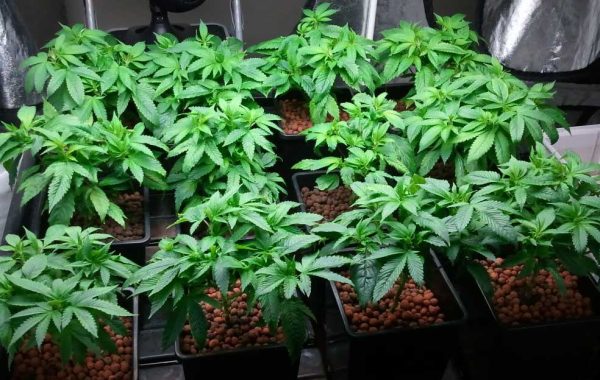Troubleshooting during germination
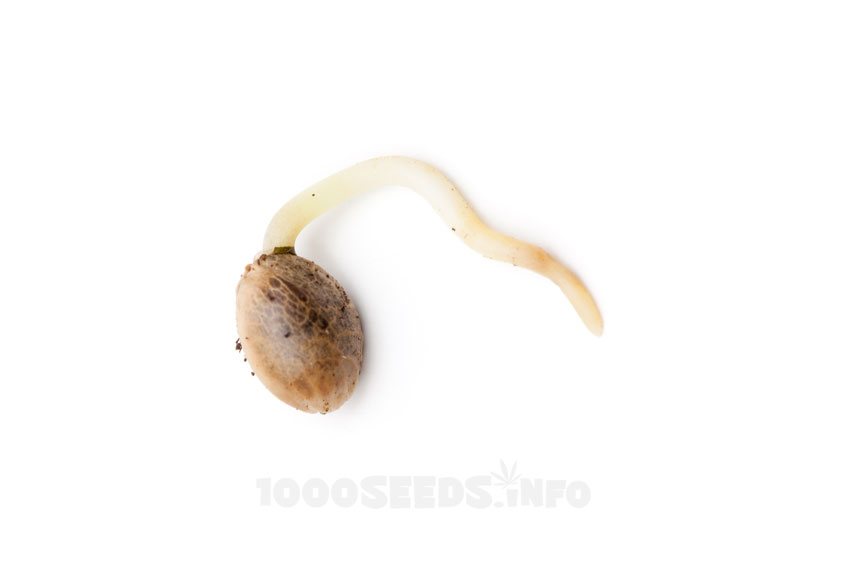
The following is a step-by-step guide to identifying and avoiding germination mistakes. If your last germination did not go as planned and went badly, this guide may help you to do better next time. It is undoubtedly important to find the causes of the poor performance in order to eliminate them in the future.
The seeds you can buy in our shop are stored in an absolutely temperature-controlled and exemplary manner and are always fresh. Our own genetics are subject to strict and constant quality controls, just like the seed banks we have in our range. Therefore, seeds from us serve as a good indicator and you can assume that if they do not germinate according to plan, the causes must lie or have lain somewhere in the external conditions that were present at germination. Of course, it is important that you store cannabis seeds properly at home: cooled (at approx. 6-7 degrees), dry, well sealed and dark.
If something goes wrong with germination, it does not necessarily mean that the grower has done something wrong. Even with experienced growers, unforeseen problems such as soil infected with fungi, technical faults with EC meters or other unforeseen influences can occur and cause difficulties. For example, you take the cheaper potting soil from the DIY store or a rich all-mix and suddenly it doesn't work anymore, even if it had worked the last time.
During germination, the seeds should not be exposed to frost, as this could damage them. If seeds (which are not yet germinating) have been exposed to frost, e.g. in the letterbox, they should first be placed in the refrigerator for a few hours to slowly acclimatise them to warmer temperatures before germination.
Each of our high-quality and professional seed banks in the shop targets a very high level of healthy seedlings and a 100% germination rate. Nevertheless, it is important to remember that cannabis is a biological product and in nature, even among the most healthy, genetically ideal offspring with an extremely low percentage, mutations can occur, or even among hundreds of plants, a weaker one can be present. If a plant looks rather weak compared to the others or shows anomalies, it should simply be removed at an early stage. The experienced grower does not despair in this case and knows that it can happen and is just nature. For this reason, one should always germinate a few more seeds as a back-up, in order to have a replacement in case of need, especially if one does not germinate many seeds, or also to be able to select again oneself.
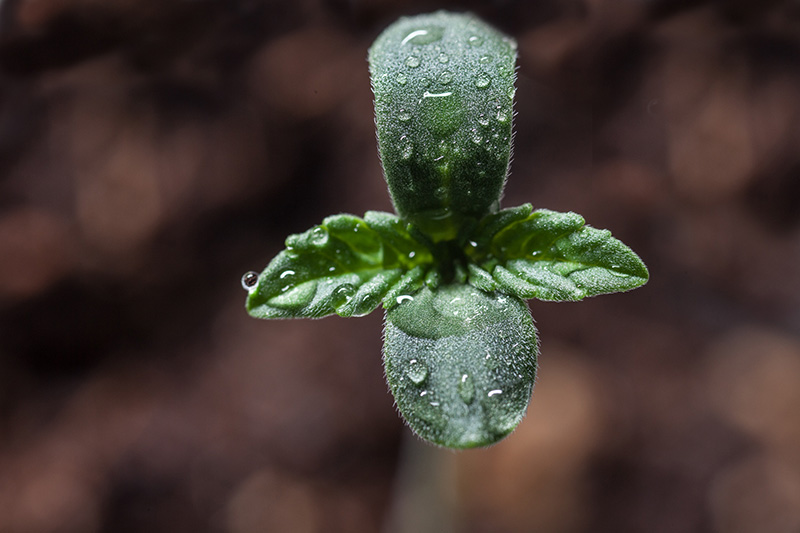
If seeds do not germinate or there are difficulties, various causes can be responsible. The first step is to take a closer look at the seeds and try to answer the following questions:
Did a taproot appear (white tip) and the seed burst open but no further growth occurred?
Too dry a substrate may have been responsible for this. There was not enough and constant moisture in the substrate, so that germination was triggered or continued. If no taproot has appeared yet and the seed(s) were in a too dry substrate, it simply means that the seeds need more water to germinate. If the taproot is already visible, but shrivelled and dried out or brown to black, the seedling can usually no longer be helped and the probability of it becoming a stately plant again is almost nil.
Another possibility is that it was too cool during germination and therefore the germination did not start or was delayed. During germination, the room and the seeds should have a temperature between 22-24° C to ensure ideal development. It is advisable to use a thermometer and hygrometer during the germination phase to control the temperature and humidity during this sensitive phase and to keep it constant and optimal.
Is there any fungal infestation on the seeds? White layer? Seed soft inside, mushy, yellowish, almost liquid?
-> There are several factors that can contribute to a seed being attacked by fungus and rotting inside. Usually a combination of different factors is responsible: e.g. poor soil quality, poor pH, too high EC, soaking in water or wet cloths for too long, soil that is too wet, substrate in a cold environment, excessive humidity (e.g. by using a plastic dome or a mini-greenhouse without sufficient ventilation), contaminated planting containers or tools.
The number one seed killer can be a closed mini-greenhouse (or plastic dome) that is not ventilated often enough. Seeds do not need a mini-greenhouse or similar to develop well, nor do they need or should plastic sheeting over the pots. Mini-greenhouses are especially suitable for rooting clones, and they also need to be well ventilated. Too much humidity in a mini-greenhouse with a lack of fresh air can quickly lead to fungal attack (in the soil) in the seedlings and is by no means sensible as is often thought.
Always keep in mind: Cannabis is not a swamp or water plant. For good development, cannabis seeds need sufficient aeration in an airy substrate suitable for cannabis plants. Seedlings cannot tolerate too much humidity and are easily attacked with harmful fungi such as Fusarium and Phytium. The substrate in which the seed is placed should be kept constantly moist, the humidity during seedling growth is best below 50%, that way you play it safe.

A heating mat at too high a temperature can also be the reason why the seeds do not germinate or do not germinate properly. Therefore, always check the temperature in advance, use the appropriate setting or thermostat and choose a correspondingly sufficient distance between the heating mat and the bottom of the planter.
A too high EC value (or a too heavily pre-fertilised soil such as All-Mix or other heavily pre-fertilised substrates) can kill seedlings. Therefore, always use a special soil for cannabis seedlings or the light mix, i.e. a hardly/weakly pre-fertilised soil for germination and for the first days of the plants. A sudden drying out of the substrate is also fatal in the early stage of the plants and during germination.
For safe germination, it still makes sense to check your water quality. This is often very variable and varies from region to region. A too high salt content of the water, minerals and heavy metals in the water can contaminate the plants and at the same time hinder their development. Too high a concentration of chlorine in the water, as in some countries, or even fluorine also has a damaging effect. If there is any doubt about the quality of the water, you can also water with low-mineral, purchased drinking water (without carbonic acid).
-> the pH value of the watering water for soil should be 6.5, for rockwool 5.6 - 5.8
Irrigation with organic teas or other fertilisers is counterproductive in the germination phase. At this stage, the seedlings should only be watered with pure pH-adjusted water. By the way, I am not a Jiffy friend 😉 , some love them, but I am not one of them. The pH value here is often not so ideal and then inhibits growth.
Coco soil should only be used by experienced growers for germination and further on. Then it is essential to use a high-quality coco substrate, not blocks from the DIY store, don't do it! The Coco soil in our shop meets all criteria for the safe cultivation of cannabis. Nevertheless, coco is more for the advanced grower who knows what to look for in the medium and how to deal with it without losing out.
Seeds should never be soaked in water or wet cloths for too long. Soaking can always bring with it a certain risk of fungal infection. The alternative to soaking is to plant the seed directly in the soil, as Mother Nature has always done, which usually takes a little longer, but is partly safer.
This should be avoided during germination:
- Soaking in water for too long
- Sealed, steamed mini greenhouse
- heating pad too hot
- Covering the plant pots in which the seeds are located.
- bad / wrong soil
- Fertilising the seedlings, EC value too high
- Too much / too little water
- cold, dark room during germination
- Incorrect pH value of the water
- poor water quality
- Spraying the seedlings with water, pesticides or organic teas
The seedlings grow weak and high?

The main reason for long, spidery growth is the lack of light. In search of light, the seedlings stretch too much and become weak as a result. The seedlings should receive as much light as possible through a Energy-saving lamp, Neon tubes, LED lighting or a MH lamp (best) with sufficient light intensity. Outdoors, the seedlings should be placed in a sunny spot, but always make sure that the little ones do not dry out too quickly in the sun, so keep checking and watering if necessary.
If the long-grown small plants, which initially had a lack of light, then come under a sufficiently strong light, they will grow more vigorously again after some time. To support them, they can be stabilised with a wire or similar.
Seedling falls over (falling over disease)?

The seedling falls over as if it had been cut off. A fungal disease (Botrytis cinera) is usually responsible for this. The causes are a too wet, muddy soil and too high humidity or an infected soil. The fungus attacks the stem of the plant (either at the very bottom near the soil or somewhere in the middle), the seedling colapses and dies. The same fungus that is responsible for the falling sickness can also destroy seeds as they germinate, even before they break out of the pod. Find out more here.
Another cause of seedlings falling over is too high a salt concentration in the soil or in the irrigation water (this has a similar effect to desiccation) or a lack of water. Seedlings and small plants have only a few roots and leaves. They therefore cannot store much water and dry out quickly. High humidity in the growroom cannot compensate for a substrate that is too dry.
Frost can kill seedlings overnight. Seedlings should be kept inside as long as there is a risk of frost.
The seedling cannot open its first two leaves by itself and is stuck in the seed tray?
This usually happens when the seed is not planted deep enough. You can carefully mist the seedling with a little water and wait, then very carefully pull off the husk, do not tear it and do not damage the leaves. If the leaves or stem are accidentally torn off, the plant is dead. So only do this if the skin does not come off by itself and then operate with tweezers if necessary.
Tips for newcomers
- Try germination with a small number of seeds first to test yourself. When you realise you know how to do it and it works, the other seeds can still be germinated. If you make a mistake, the damage is less.
- When the germinated seeds are planted in the soil, it can take one to two weeks for the seedlings to emerge. During this time, keep the soil moist but not wet, maintain the temperature and above all, do not be impatient and dig in the soil and possibly plant the seed, wait and see.
Procedure in detail for soil:
There are some growers, not without reason, who prefer to put seeds directly into the soil and not pre-water them in water or wet paper towels. Pre-watering the seeds can bring with it a certain risk of the seeds becoming infected with a fungus, for example, and muddying up. In any case, seeds should not be soaked in water for too long (max 24 hours). Alternatively, and preferred by some professionals, the seeds can always be placed directly in high-quality (moist) cannabis growing soil.
Pots with a diameter of 8-10 cm are best used for germinating the seeds. Fill them with high-quality, unfertilised or very lightly fertilised cannabis soil. Be careful to press the soil down a little in the pot, never press it into the pot, it should remain airy. Then, using a clean pen or your finger, drill a hole about 1.5 cm deep in the soil (in the middle of the pot). place the seeds in the hole in a horizontal position, this is easiest. Fill the hole with soil and cover the seed. Then water carefully and in small amounts, preferably with low-mineral drinking water (non-carbonated, pH 6-6.5).
The soil should be evenly moist, but not dripping with water. The pots with the seeds and also later the small plants must not stand in a container with water, avoid waterlogging at all costs. If you are unsure, you can use a spoon or a pipette for watering, so it is easier to measure out the amount without using too much.
Once the seeds are potted, they should be placed in a warm place and under light. The temperature should be around 25° C (not below 21° C), so seeds germinate particularly quickly. From now on, keep a close eye on the pots to make sure they do not dry out. After 3-7 days, the first signs usually appear and the seedling emerges from the soil.
When the first pair of leaves is there, the seedlings should be planted in larger pots (14-16 cm) so that they have enough space to develop healthy roots. You can also choose larger planting pots, but should bear in mind that overwatering in the soil can then occur more easily. 6 L pots are recommended for the first 4 weeks of the growing season. If the plants are then switched to 12/12 lighting, they should be repotted into a larger planter beforehand.
Plants should always be planted in sufficiently large pots, especially if they are outdoor plants. Don't let your plants languish in pots that are too small.

Germination Outdoor
If you live in a colder climatic region and do not have an Heatable greenhouse you should grow seeds indoors or at least bring the plants inside at night when it gets too cold. The young plants need protection from insects and birds. This can be done by placing them in a small, well-ventilated portable greenhouse or by installing a device made of chicken wire or netting.
A cold frame can be used to protect the sensitive seedlings when the outside temperatures are still too low.
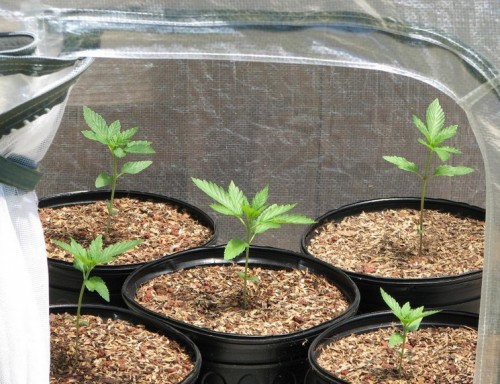
Important:
Fungal spores are naturally everywhere, in the air, in the substrate, on people... If these fungal spores find ideal conditions in which they can spread and infect the plant, they can severely damage it and cause it to die. Seedlings, seeds and roots are particularly easily infected by Pytium and Fusarium. Young plants are susceptible to such infections because their cell tissue is still very soft. Overwatering and too high humidity triggers fungal infestation, such as fall sickness.






